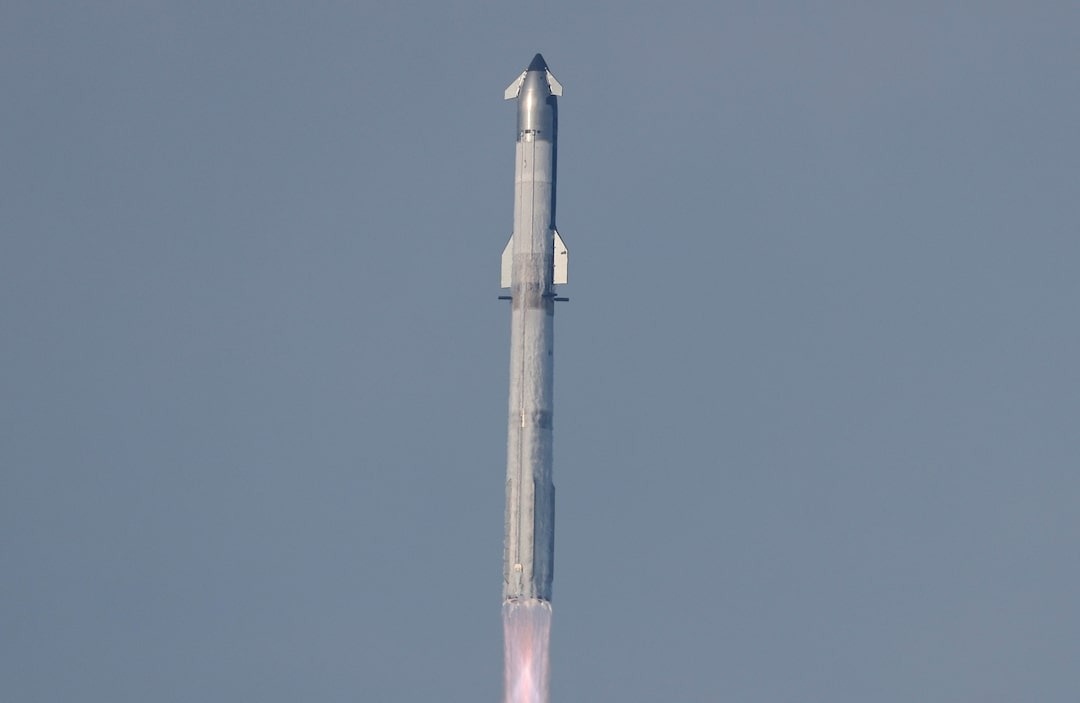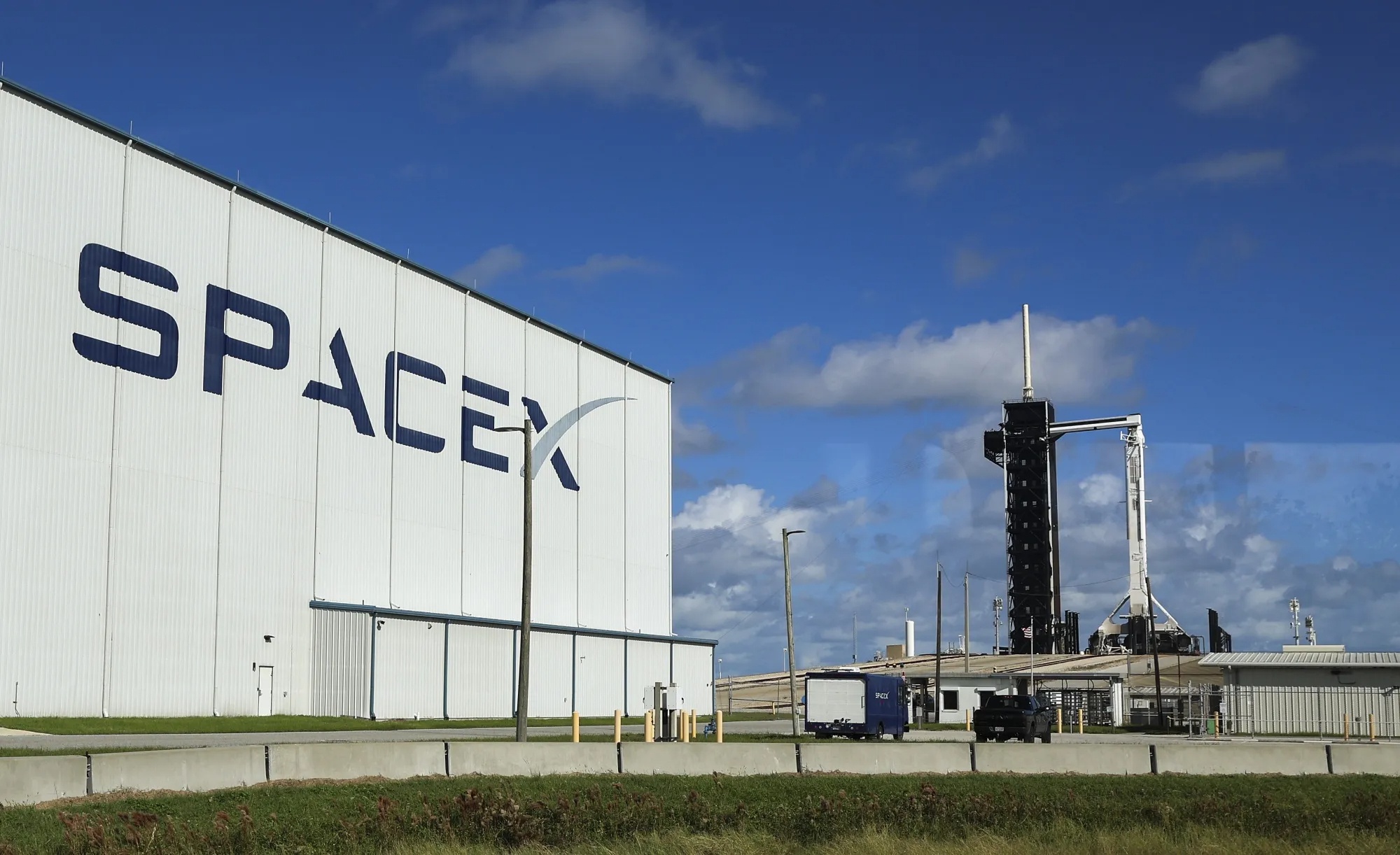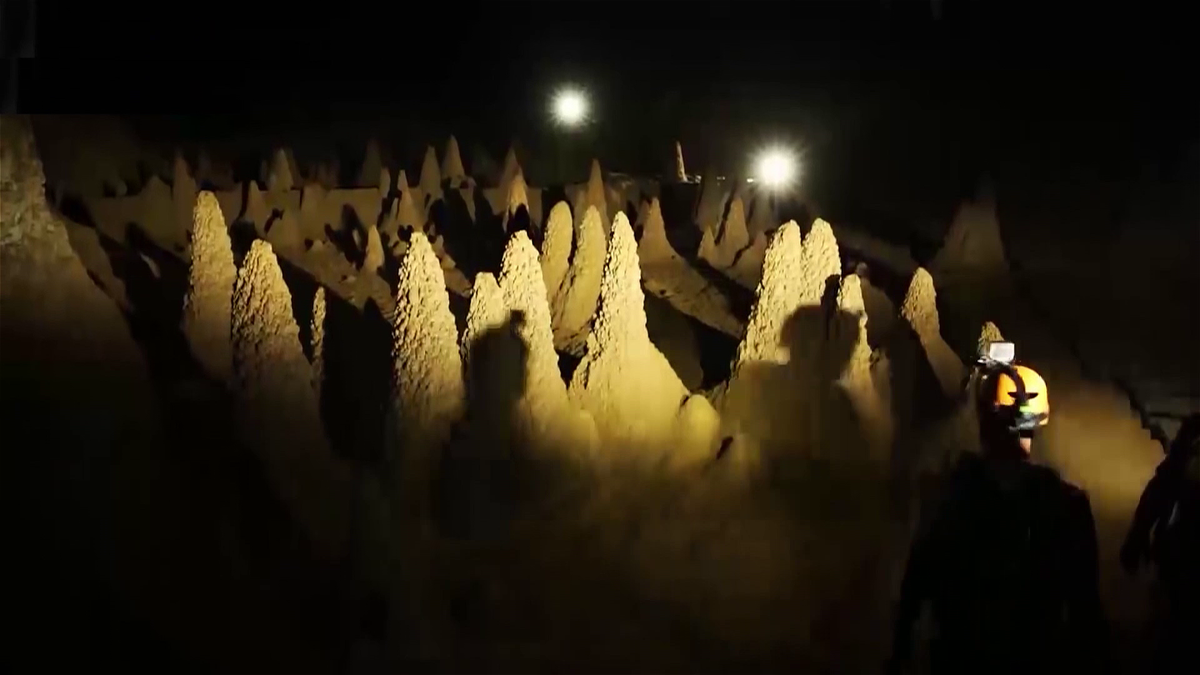 |
Starship failed on its 9th test flight. Photo: Bloomberg . |
The Starship spacecraft, the largest rocket system ever built by SpaceX, continued to have problems during its ninth test flight, which took place on May 28. Despite many improvements compared to the previous two launches, it still could not complete the journey to re-enter the atmosphere and return safely to Earth.
According to SpaceX, the spacecraft's upper stage experienced a fuel leak during flight, causing the vehicle to lose control during the space phase. The heat shield, a key element to protect the spacecraft during re-entry, failed to function due to the incident occurring too early. As a result, the Starship broke apart upon re-entering the atmosphere.
The wreckage fell into the Indian Ocean and did not cause any damage to populated areas. However, the accident prevented most of the test data from being collected as expected. This is considered an unfortunate failure when SpaceX hoped to get some results this time.
Progress but not complete
Before launch, CEO Elon Musk told journalist Tim Dodd that the “most important thing” of this flight was re-entry testing and thermal protection. However, due to the loss of control of the spacecraft during flight, most of these tests had to be postponed and will be performed on subsequent flights.
Despite the final failure, Starship still made some progress compared to previous tests. Specifically, the ship flew through the thruster cut-off phase on time, a milestone that had not been achieved in the last two flights in January and March.
 |
Starship has yet to fix the problem of exploding during re-entry. Photo: AFP. |
The reusable Super Heavy booster was reused from the previous flight. This was SpaceX's attempt to demonstrate the prototype's ability to fly multiple times. However, when it came to the simulated landing phase in the Gulf of Mexico, the central three-engine system failed to operate as planned, causing the booster to disintegrate.
SpaceX says it continues to improve the design and fix technical issues that arose during previous flights. In the last two launches, the Starship’s upper stage exploded mid-flight due to various issues, ranging from excessive vibrations to engine failure.
However, the common point is that none of the nine Starship test flights have been able to complete the entire process, including takeoff, orbit, re-entry and successful landing. With the philosophy of "test fast, fix fast", SpaceX accepts failures to improve the design over time. Elon Musk affirmed that the next three flights will take place more frequently, about every 3-4 weeks.
Elon Musk's Vision
Starship is not only Elon Musk's dream, but also the vehicle chosen by NASA for the Artemis III mission to return humans to the Moon by the end of this decade. The contract between NASA and SpaceX is worth billions of dollars, but Elon Musk is not very interested.
In a pre-launch conversation, he described the Artemis program as “objectively weak” and suggested that humanity should aim to settle on the Moon or Mars.
 |
SpaceX will realize its ambition of sending humans to the Moon. Photo: Bloomberg . |
Elon Musk’s long-term goal is to send humans to Mars. By 2026, the billionaire hopes SpaceX can launch five unmanned Starships to the red planet, carrying Optimus robots manufactured by his own Tesla. This ambitious plan requires many breakthroughs, including a series of consecutive launches and the ability to refuel in space, something that has never been done before in the history of aerospace.
With the failure of the ninth flight, SpaceX still has a lot of work to do to make Starship a fully reusable and stable vehicle. However, according to Elon Musk, each flight brings valuable lessons to get closer to the goal of deep space exploration , although the road ahead is still thorny.
Source: https://znews.vn/elon-musk-lai-that-bai-voi-sieu-du-an-post1557037.html


![[Photo] Prime Minister Pham Minh Chinh launched a peak emulation campaign to achieve achievements in celebration of the 14th National Party Congress](https://vphoto.vietnam.vn/thumb/1200x675/vietnam/resource/IMAGE/2025/10/5/8869ec5cdbc740f58fbf2ae73f065076)
![[Photo] Prime Minister Pham Minh Chinh chairs the Government's online conference with localities](https://vphoto.vietnam.vn/thumb/1200x675/vietnam/resource/IMAGE/2025/10/5/264793cfb4404c63a701d235ff43e1bd)















































![[VIDEO] Summary of Petrovietnam's 50th Anniversary Ceremony](https://vphoto.vietnam.vn/thumb/402x226/vietnam/resource/IMAGE/2025/10/4/abe133bdb8114793a16d4fe3e5bd0f12)

![[VIDEO] GENERAL SECRETARY TO LAM AWARDS PETROVIETNAM 8 GOLDEN WORDS: "PIONEER - EXCELLENT - SUSTAINABLE - GLOBAL"](https://vphoto.vietnam.vn/thumb/402x226/vietnam/resource/IMAGE/2025/7/23/c2fdb48863e846cfa9fb8e6ea9cf44e7)


































Comment (0)